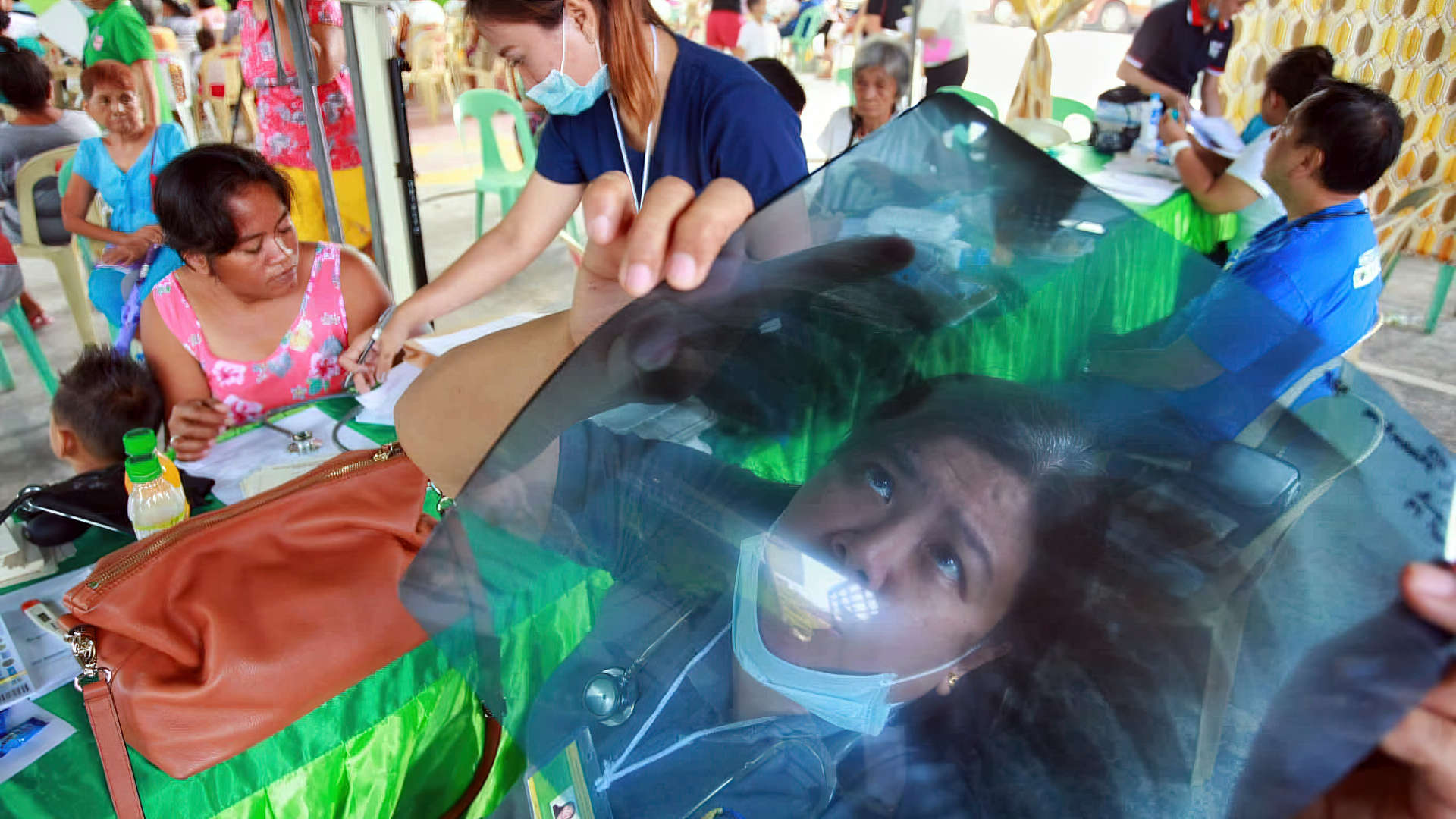
Carlos Cuéllar
Executive Vice President
I recently returned from the Joint International Tropical Medicine Meeting (JITM) in Bangkok, Thailand, hosted by the Faculty of Tropical Medicine of the University of Mahidol, where the theme was “Achieving the SDGs: Human and AI-driven Solutions for Tropical Medicine in a Changing World.” At JITM, I presented the closing keynote address on applying systems thinking to bring innovation to disease control and elimination.
Practitioners know all too well the devastating consequences of taking shortcuts or relying on linear thinking to solve complex global health challenges. Several examples show how well-intentioned efforts to improve public health can lead to unexpected and counterproductive outcomes.
Unintended negative consequences – that cost lives – can arise when solutions are not thought through as we address complex issues like preventing or responding to local and global health security threats.
Systems Thinking – A Necessary Response in Today’s Infectious Disease Landscape
We need a comprehensive systemic analysis that delivers system-informed strategies before introducing solutions, innovations, or purported improvements to prevent, detect, and respond to global health threats.
In the past decade alone, the global community has battled numerous new fronts in infectious disease control. We’ve faced the Zika virus and its devastating impact in Latin America and the Caribbean region. We’ve embarked on new horizons as a global community faced by the COVID-19 pandemic and continue to face new threats spurred by global conflict and climate change, including emerging infectious diseases like Nipah virus and Noma disease, and evolving diseases like West Nile, dengue, and chikungunya that discover new vectors in altered climates.
What we need to effectively address these complex threats is global cooperation in applying systems thinking-based strategies to introduce innovations in infectious disease control.
Collaboration across sectors – health, environment, education, and infrastructure – creates critical intersectoral synergy and impact that no isolated effort can achieve.
Behavioral science propels the solutions identified by these sectors by shedding light on individual, community, and cultural norms, behaviors, and values and how these are impacted by principles of behavior change to enhance the effectiveness of public health innovations.
By tapping into this knowledge, we can design scientifically sound, culturally resonant, sustainable solutions.
Systems Thinking and Systemic Innovation
Russel Ackoff, one of the systems thinking pioneers, recognized early in his career the limitations of traditional, linear problem-solving methods. He taught us the importance of fully understanding problems within their contexts. And he admitted that this would be a challenge to embrace by practitioners of traditionally analytical fields – including health. It requires a culture shift.
Building on the legacy of Ackoff and other pioneers in systems thinking, Gerald Midgley and Erik Lindhult introduced “A Systems Perspective on Systemic Innovation” in a 2021 article, which introduced five understandings of systemic innovation that can guide us in our global health security and infectious disease response efforts.
The Five Understandings of Systemic Innovation:
- First, systemic as large-scale. Systems don’t change at national borders, and neither do microorganisms carrying disease.
- Second, systemic as complex. Our work is interdependent, and non-linear; there is a complex web of factors impacting tropical disease control – from environmental conditions and societal behaviors to health systems and policy frameworks.
- Third, systemic as interconnected. Disease control necessarily links to water and sanitation initiatives and educational campaigns, for example.
- Fourth, systemic as multi-stakeholder. We don’t ideate innovation in a vacuum. We collaborate across governments, NGOs, communities, and the private sector to effectively innovate in tropical disease control and co-create solutions while sharing our unique talents, knowledge, and perspectives.
- Fifth, systemic as a holistic process. We aim to understand problems comprehensively, within their context, to see the big picture, and to identify effective leverage points for impactful interventions.
Can Systems Thinking Be Applied to Innovation in Global Health Security?
Systems thinking isn’t new to us. But it’s easy to slip into linear thinking with the urgency presented by today’s challenges.
Today’s global health security threats are complex. The current global health landscape faces diverse challenges and opportunities, including climate change, demographic shifts, human conflict, and technological advancements. Our responses and innovations to tackle these threats need to reflect the complex systems that influence them.
We can begin by asking ourselves some important questions informed by systems thinking, such as:
- Have we considered all the influences on the global health security threat in its context?
- Have we identified the range of actors, stakeholders, and industries that contribute to our understanding of the threat?
- Are we considering synergies between parts of the system in which the threat exists? Have we identified the most effective leverage points to introduce innovations?
- Is our response to the threat innovative and novel because it’s informed by a range of perspectives on effective solutions? Is it a system-level innovation that targets multiple system components concurrently?
The global health community has such a wide range of tools at our disposal today. AI, mobile technology, ultraportable diagnostics, even our understanding of human psychology and behavior change. All these advancements present an opportunity to develop better solutions to address today’s threats to global health in today’s landscape. Our innovations can likely improve and achieve greater impact if we take the time to integrate systems thinking in their development.



